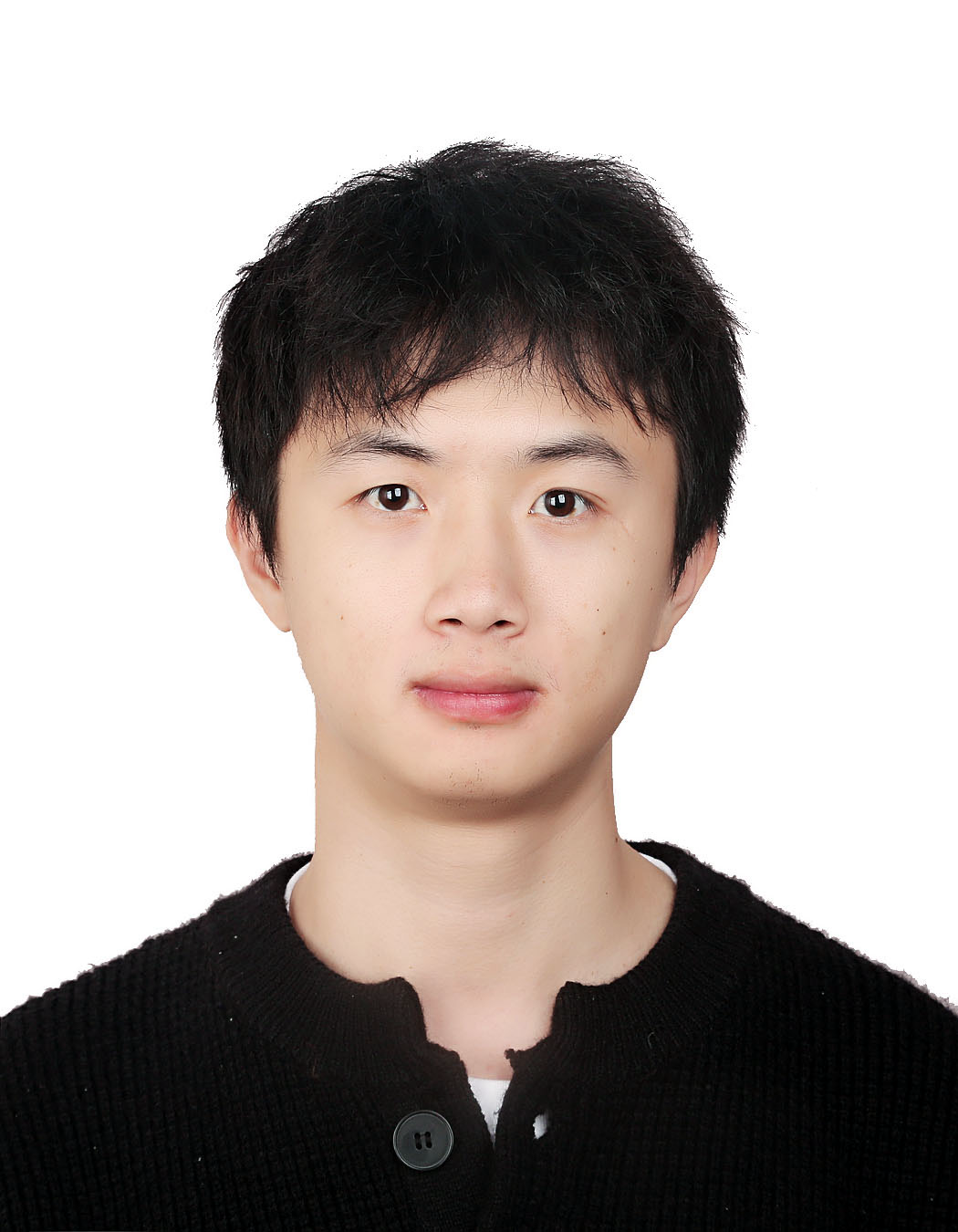Deep learning-enhanced single-molecule spectrum imaging
Published in APL Photonics, 2023
Fluorescence is widely used in biological imaging and biosensing. Rich information can be revealed from the fluorescence spectrum of flu- orescent molecules, such as pH, viscosity and polarity of the molecule’s environment, and distance between two FRET molecules. However, constructing the fluorescence spectrum of a single fluorescent molecule typically requires a significant number of photons, which can suffer from photobleaching and, therefore, limit its potential applications. Here, we propose a deep learning-enhanced single-molecule spectrum imaging method (SpecGAN) for improving the single-molecule spectrum imaging efficiency. In SpecGAN, the photon flux required to extract a single-molecule fluorescence spectrum can be reduced by 100 times, which enables two orders of magnitude higher temporal resolution compared to the conventional single-molecule spectrometer. The concept of SpecGAN was validated through numerical simulation and single Nile Red molecule spectrum imaging on support lipid bilayers (SLBs). With SpecGAN, the super-resolution spectrum image of the COS-7 membrane can be reconstructed with merely 12 000 frames of single-molecule localization images, which is almost half of the previ- ously reported frame count for spectrally resolved super-resolution imaging. The low photon flux requirement and high temporal resolution of SpecGAN make it a promising tool for investigating the molecular spectrum dynamics related to biological functions or biomolecule interactions.
Recommended citation: Sha, H., Li, H., Zhang, Y. & Hou, S. Deep learning-enhanced single-molecule spectrum imaging. APL Photonics 8(2023).
Download Paper
